MARIANI’S
Virtual
Gourmet
March 3,
2019
NEWSLETTER
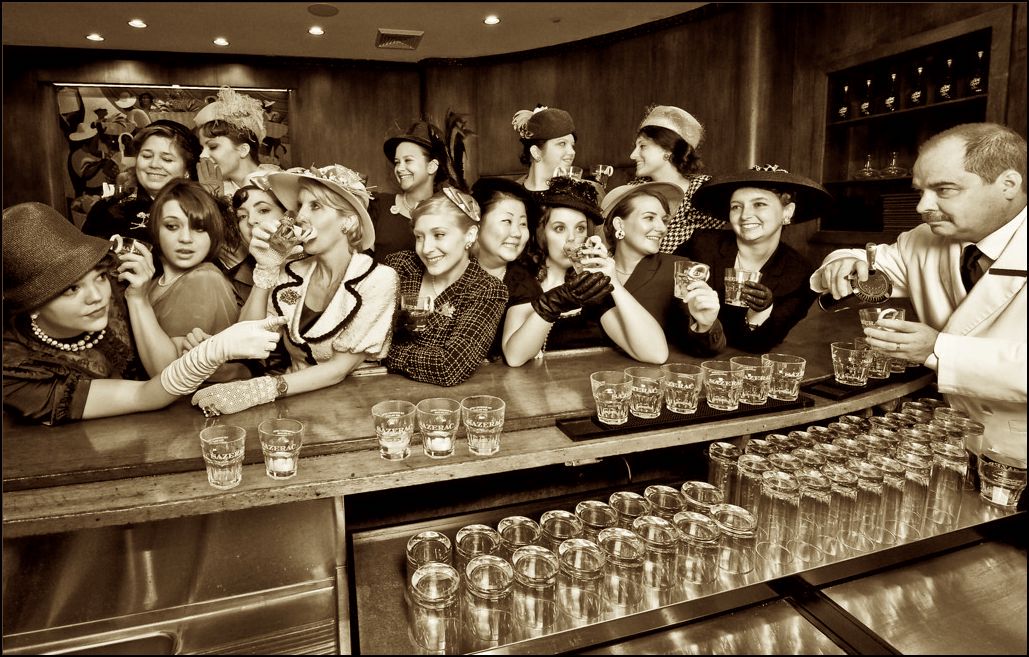
❖❖❖
IN THIS ISSUE
EATING AROUND THE BAHAMAS
Part One
By Geoff Kalish
NEW YORK CORNER
THE PANDERING PIG
By John Mariani
NOTES FROM THE WINE CELLAR
By John Mariani
❖❖❖
EATING AROUND
THE BAHAMAS
Part One
By GEOFF KALISH
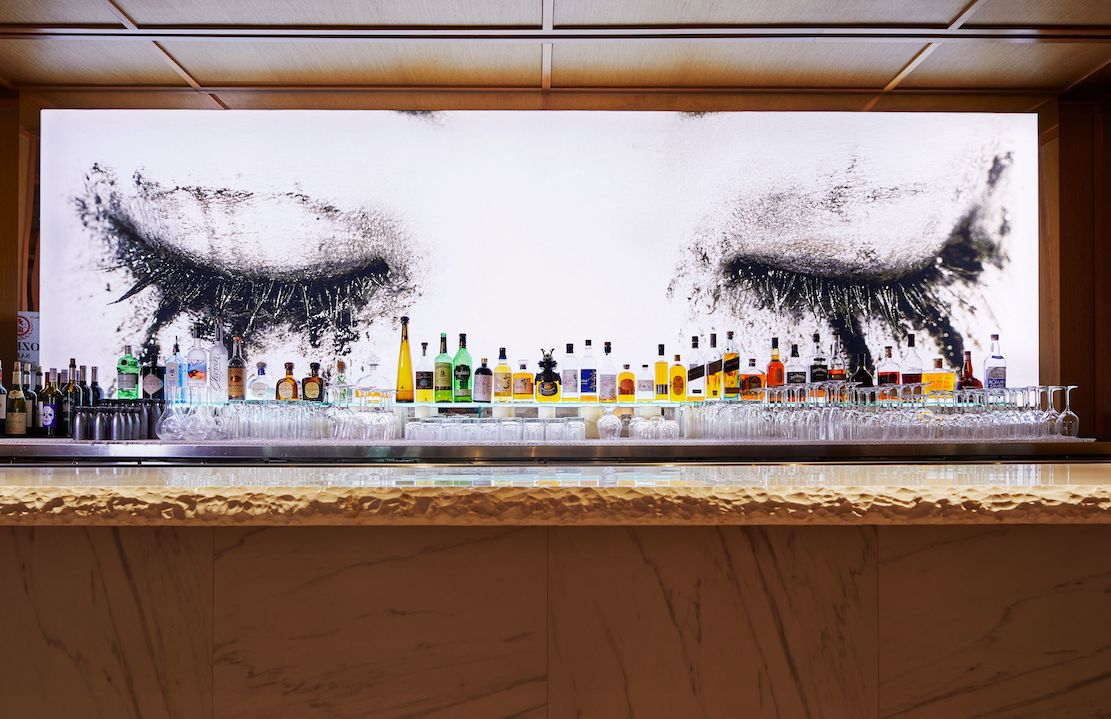
Katsuya Bar
Less than a four-hour flight from Chicago and three from New York, the Bahamas have primarily drawn vacationers looking to escape harsh winter weather. But, until about two years ago, accommodations were primarily relegated to the Disneyesque resort Atlantis, which some complain has become “tired,” or the very upscale Ocean Club, now run by The Four Seasons group, both on Paradise Island. Now, with the opening of the Baha Mar area, less than a 15-minute cab ride from Lynden Pinding International Airport, there’s a range of lodging options, as well as expanded possibilities for great dining, sporting activities (especially golf) and a sprawling casino. The following reports on our dining and golf experiences over a 10-day visit to the Baha Mar and the rest of Nassau and Paradise Island.
WITHIN
BAHA MAR
Although a few other options exist, the three main hotels (all connected on the ground floor) are the Grand Hyatt, the SLS and Rosewood hotels. Families seem to gravitate to the Grand Hyatt, with upscale couples and “high rollers” preferring the luxurious Rosewood, with the SLS somewhere in between. All offer a wide range of lodging options, particularly the Grand Hyatt, with its sleek modern rooms, many overlooking Nassau Beach and the Atlantic Ocean, multiple swimming pools, bars, a plush spa, a white sand beach rimmed by a number of permanent “food trucks” that are perfect for lunchtime dining, and, of course, numerous other dining options, including: Regatta, a very upscale buffet eatery; Stix, a busy lobby spot for Ramen and other noodle dishes; The Palms, an outdoor casual breakfast and lunch site; and 3 Tides, a seafood spot.
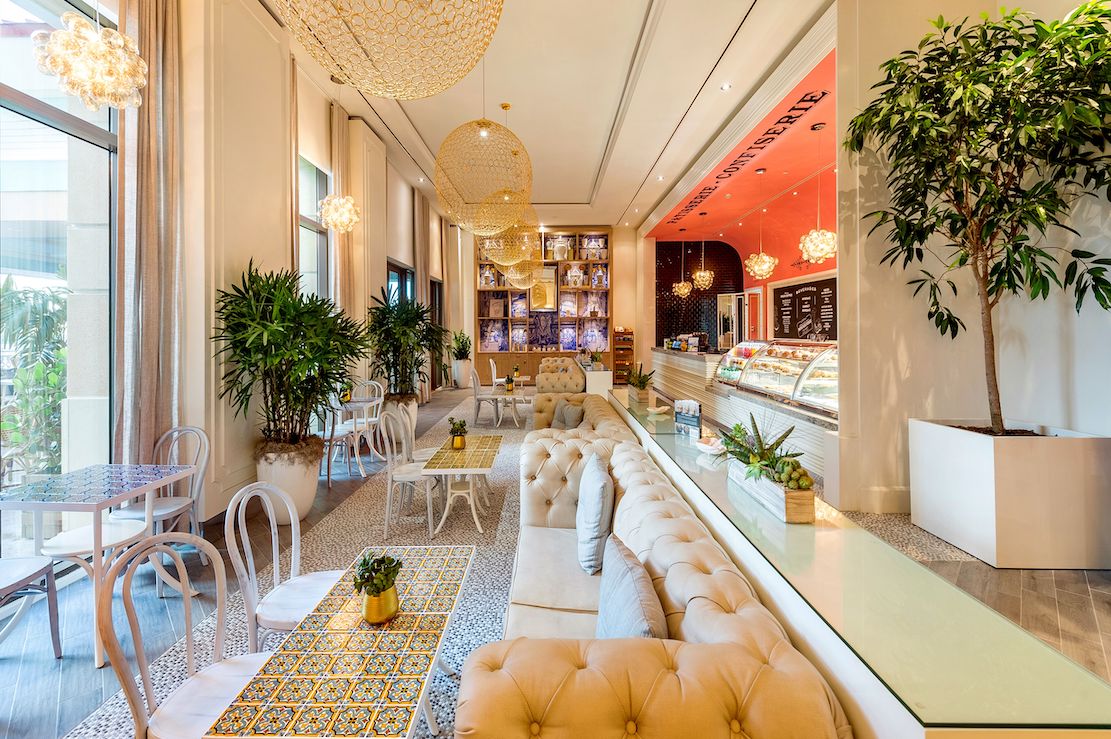 3 Tides Fish House
3 Tides Fish House
1 Baha Mar Blvd (in
the Grand Hyatt Hotel)
242-788-737
This
restaurant is a very popular spot for sustainable
seafood served in a casual setting with a central
open kitchen and walls lined with large
modernistic depictions of the seaside. Servers are
pleasant and quite knowledgeable, offering
suggestions from a large choice of menu items.
Sushi and raw bar choices
range from oysters to sashimi, including a poke
bowl filled with slices of dewy yellowfin tuna and
puffed 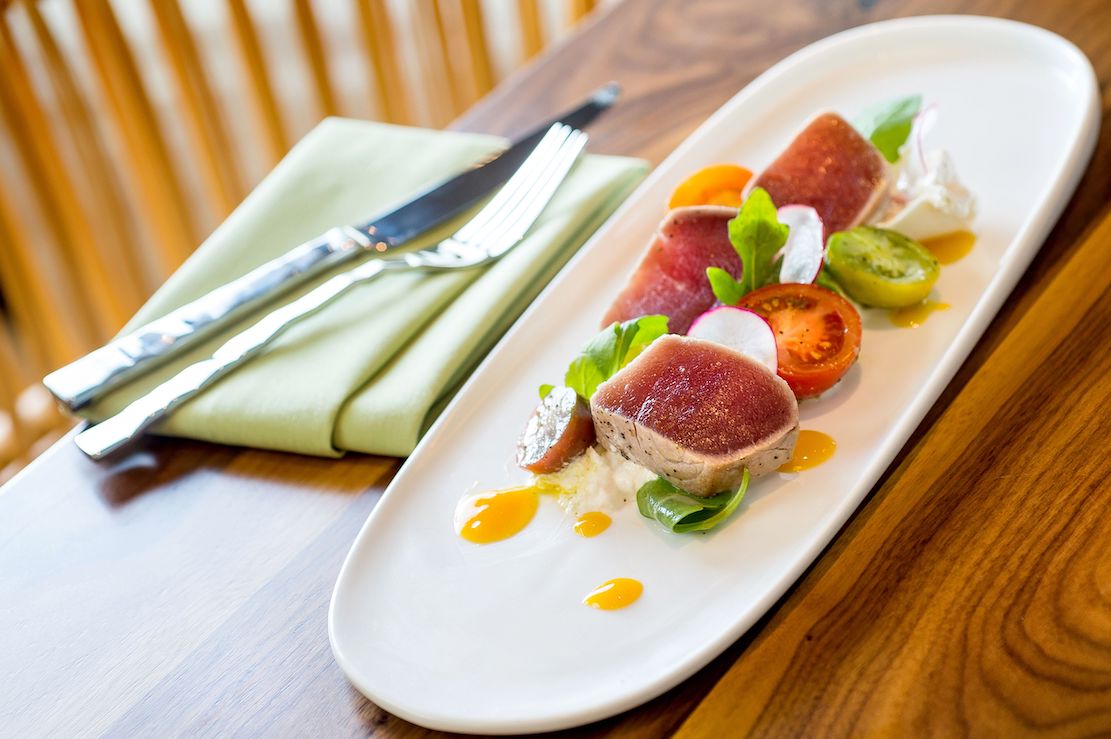 rice seasoned with
furikake, a flavorful mix of sesame, chopped
seaweed and bonito flakes ($16), a spicy tuna roll
and a crisp, spiny lobster spring roll stuffed
with mango, avocado and mint ($18). Larger plates
include a meaty Caribbean lobster tail with drawn
butter ($48) and zesty prawn linguine with chorizo
in a sauce of chili peppers and lime ($28). And
for carnivores, a 22-ounce bone-in ribeye ($63)
and 14-ounce New York strip steak ($48).
rice seasoned with
furikake, a flavorful mix of sesame, chopped
seaweed and bonito flakes ($16), a spicy tuna roll
and a crisp, spiny lobster spring roll stuffed
with mango, avocado and mint ($18). Larger plates
include a meaty Caribbean lobster tail with drawn
butter ($48) and zesty prawn linguine with chorizo
in a sauce of chili peppers and lime ($28). And
for carnivores, a 22-ounce bone-in ribeye ($63)
and 14-ounce New York strip steak ($48).
From a fairly limited wine list
we chose a Château St. Michelle Riesling that had
a fragrant bouquet and flavor of ripe peaches and
apples with hints of honey and a crisp finish,
which mated equally well with the sushi and
lobster.
Open for lunch and dinner daily.
Expect dinner for two to cost $130-$140,
excluding wine, tax or tip. There is also a $75
three-course menu.
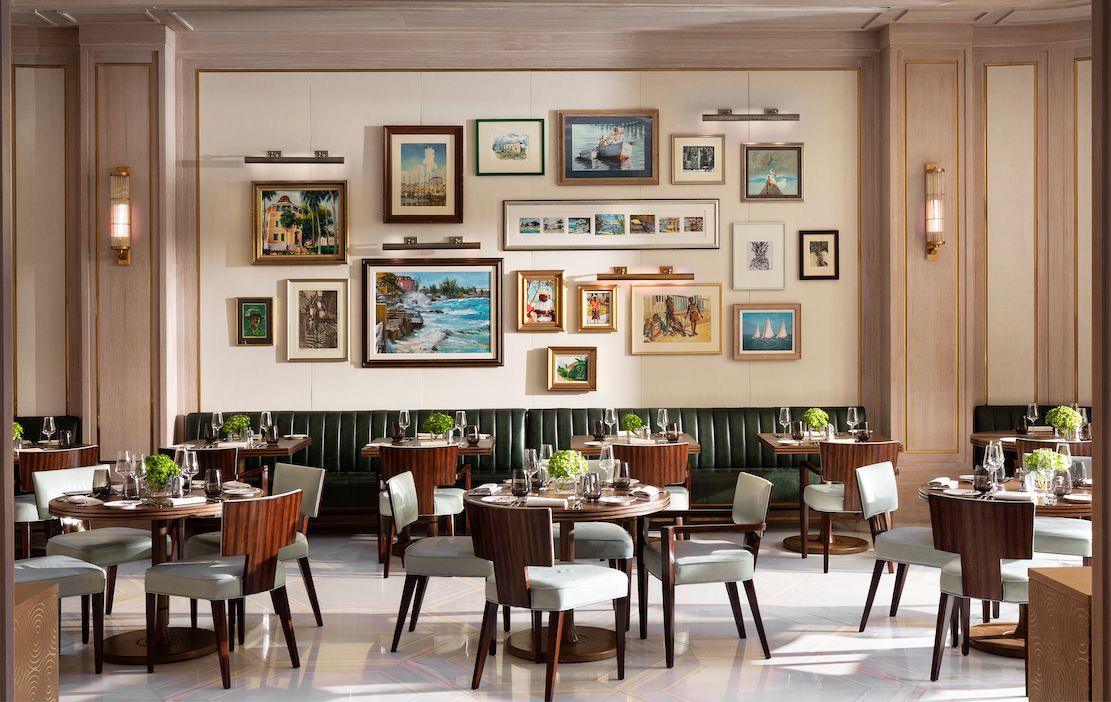 Commonwealth
Commonwealth
1 Baha Mar Blvd (in
the Rosewood Hotel)
242-788-8500
This
restaurant features fare from around the British
Commonwealth countries, particularly Canada and
India, in a contemporary setting with well-spaced
wood-topped tables, comfortable banquettes and
chairs, and walls showing scenes from the six
commonwealth nations. There is also an outdoor
courtyard.
We enjoyed appetizers of a
generous portion of juicy tandoori lamb chops
spiced with lime, ginger, chili and cilantro
($26), and another consisting of three
large, perfectly grilled prawns glazed with honey
($22). For main courses we chose a chef’s special
of tender slices of pan-seared pork shoulder
accompanied by spicy sausage and an eggplant
millefeuille ($35) and an order of grilled
Canadian lobster coated in a heady mustard and
Cognac emulsion, accompanied by crisp sugar snap
peas ($54).
Desserts range from ice cream
and sorbet to raspberry and chocolate trifle to an
Australian and New Zealand favorite—a Queen’s
Pavlova of fruit atop vanilla meringue served with
strawberry sorbet ($26 for two).
Service was friendly and
professional. From a list of Australian and New
Zealand bottles, we accompanied the meal with
a 2015 DMZ DeMorgenzon Stellenbosch Syrah
that showed a fragrant bouquet and ripe flavors of
plums and cherries, which paired equally well with
both the pork and lobster.
Open daily for dinner: Expect dinner for two to cost $150- $160, not including wine, tax or tip.
Katsuya by
Starck
1 Baha Mar Blvd (in
the SLS Hotel)
242-788-7250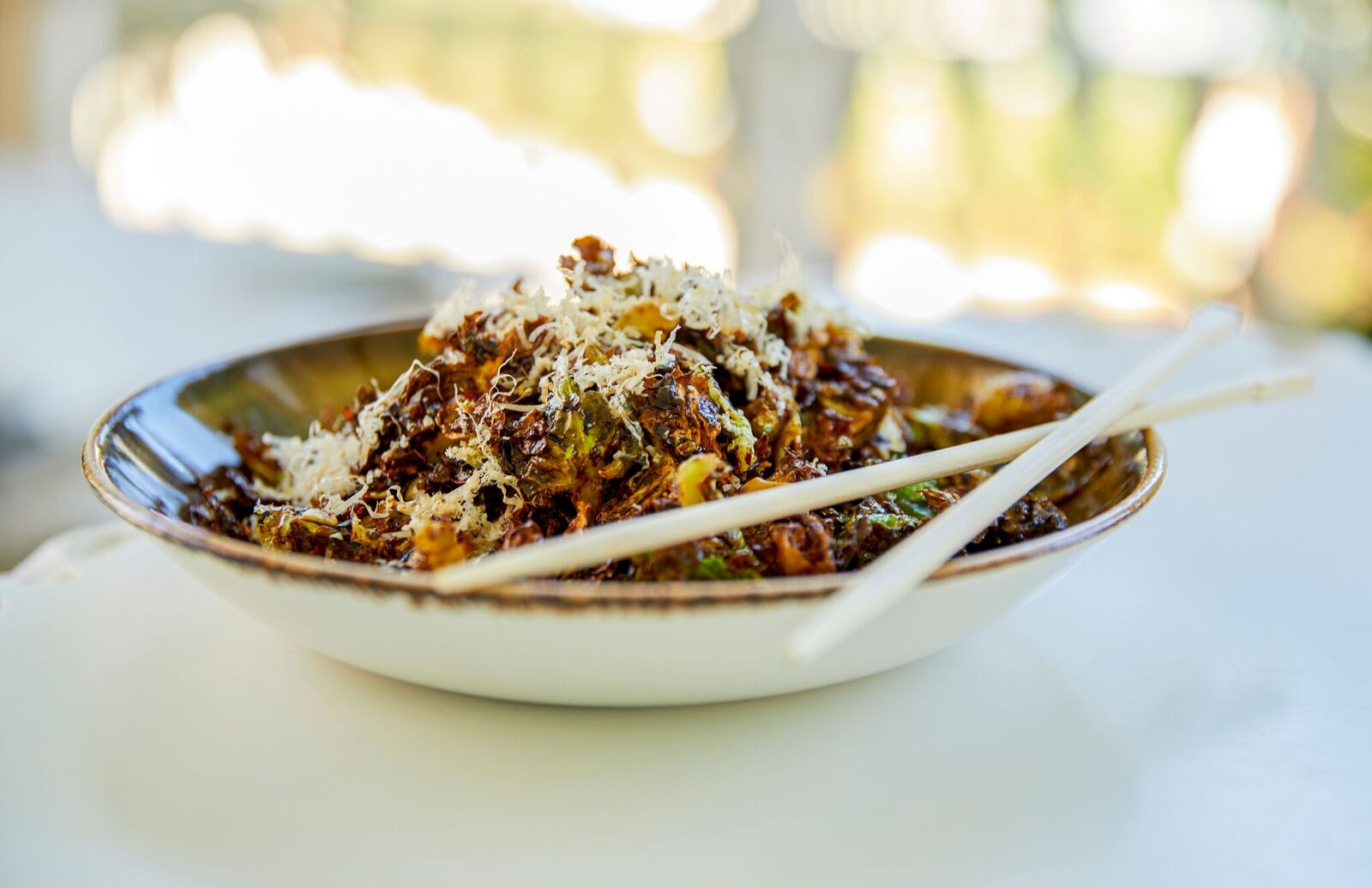
Designed
by the Philippe Starck design team, this sleek
spot with indoor and outdoor seating, beige
walls and chrome rimmed tables looks over a
rectangular pool of water that after darkness
fills with flames every 10-15 minutes.
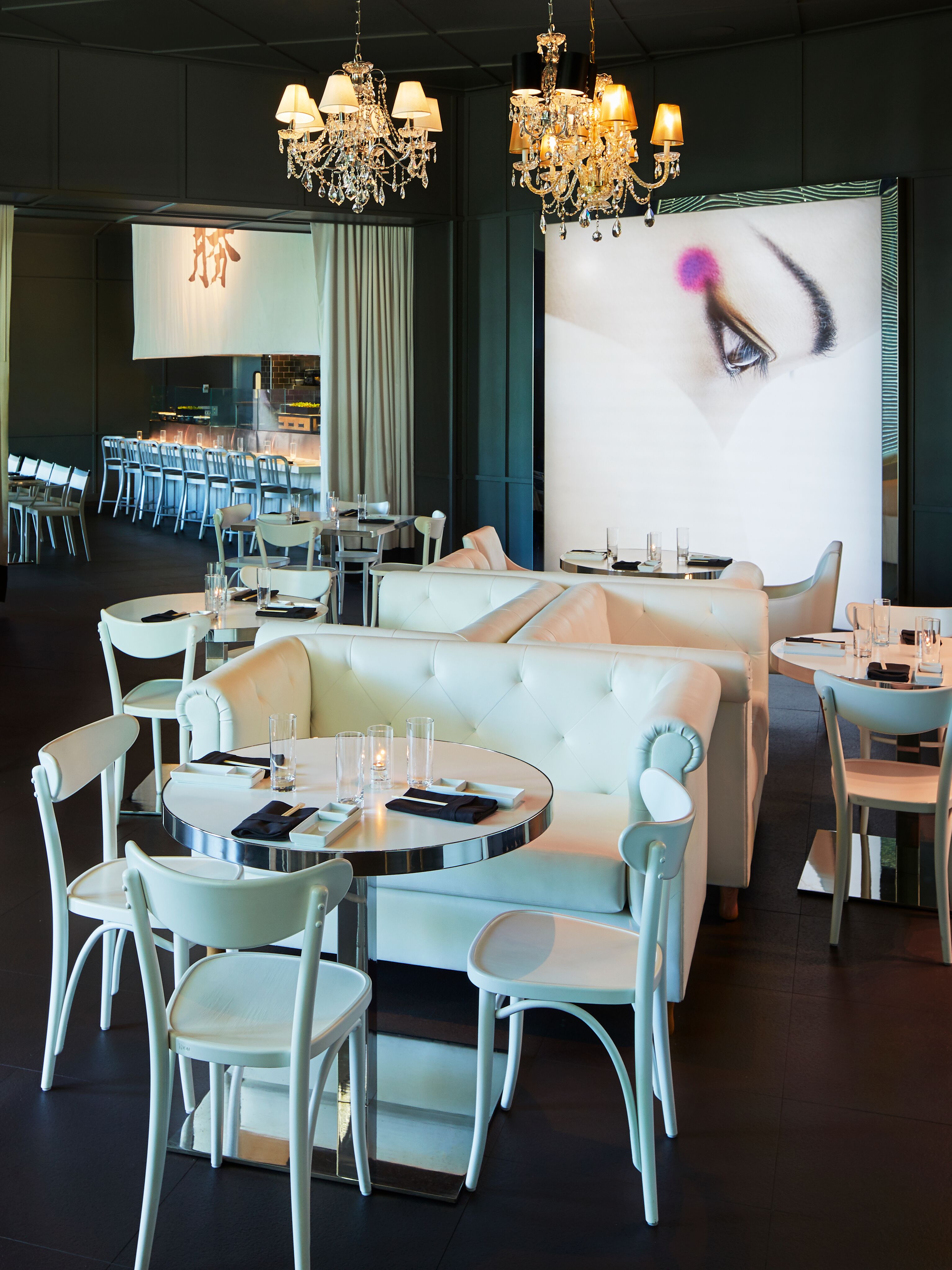 The flavorful food is
the fare of Japanese star chef Katsuya Uechi, who
runs fourteen Katsuya restaurants (and more on the
way). This one has three separate kitchens: one
for Sushi, another for skewers of beef or fish
cooked on a Japanese charcoal robata grill, and
one to prepare other cooked food—all served by a
very knowledgeable staff.
The flavorful food is
the fare of Japanese star chef Katsuya Uechi, who
runs fourteen Katsuya restaurants (and more on the
way). This one has three separate kitchens: one
for Sushi, another for skewers of beef or fish
cooked on a Japanese charcoal robata grill, and
one to prepare other cooked food—all served by a
very knowledgeable staff.
Appetizers range from a large
portion of crisp-on-the-outside,
moist-on-the-inside grilled octopus ($25) to a
sizable portion of briny uni sashimi ($22), to
seared tuna accompanied by baby heirloom tomatoes
doused in a heady salsa ($26). Main courses of
note, from a large selection of raw or cooked
seafare and beef, were a sweet, miso-marinated
black cod fillet ($36) and grilled shrimp served
with a mix of Asian mushrooms and asparagus ($22).
With the meal we enjoyed a bottle of
cassis-scented 2017 Hahn Cabernet Sauvignon and
ended with velvety ice cream for dessert.
Open nightly for dinner. Expect dinner for two to cost $130-140, not including wine, tax or tip.
Cleo
Mediterraneo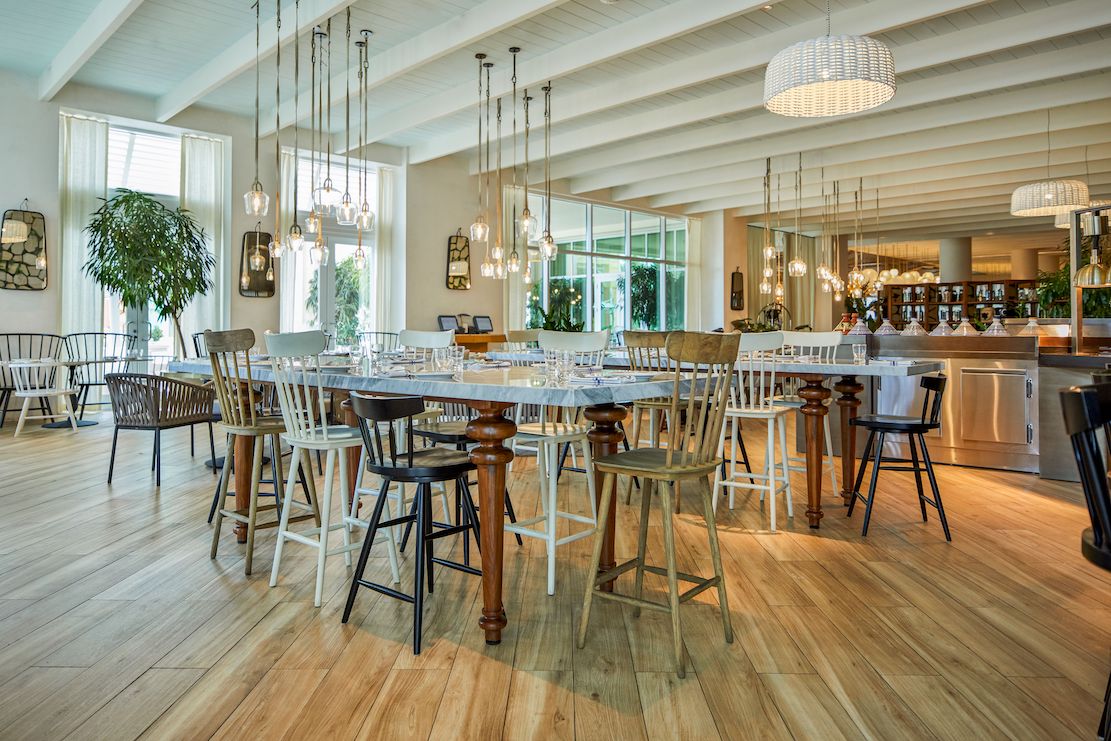
1 Baha Mar Blvd (in
the SLS Hotel)
242-788-8204
Featured
here is the Moroccan-Japanese fusion fare of
rising star Executive Chef Danny Elmaleh in a
Mediterranean-modern setting, with white tables
and chairs, widely set apart in a room with
eclectic glass chandeliers and a long wall of
irregularly shaped, flat beige stones separated by
bits of greenery.
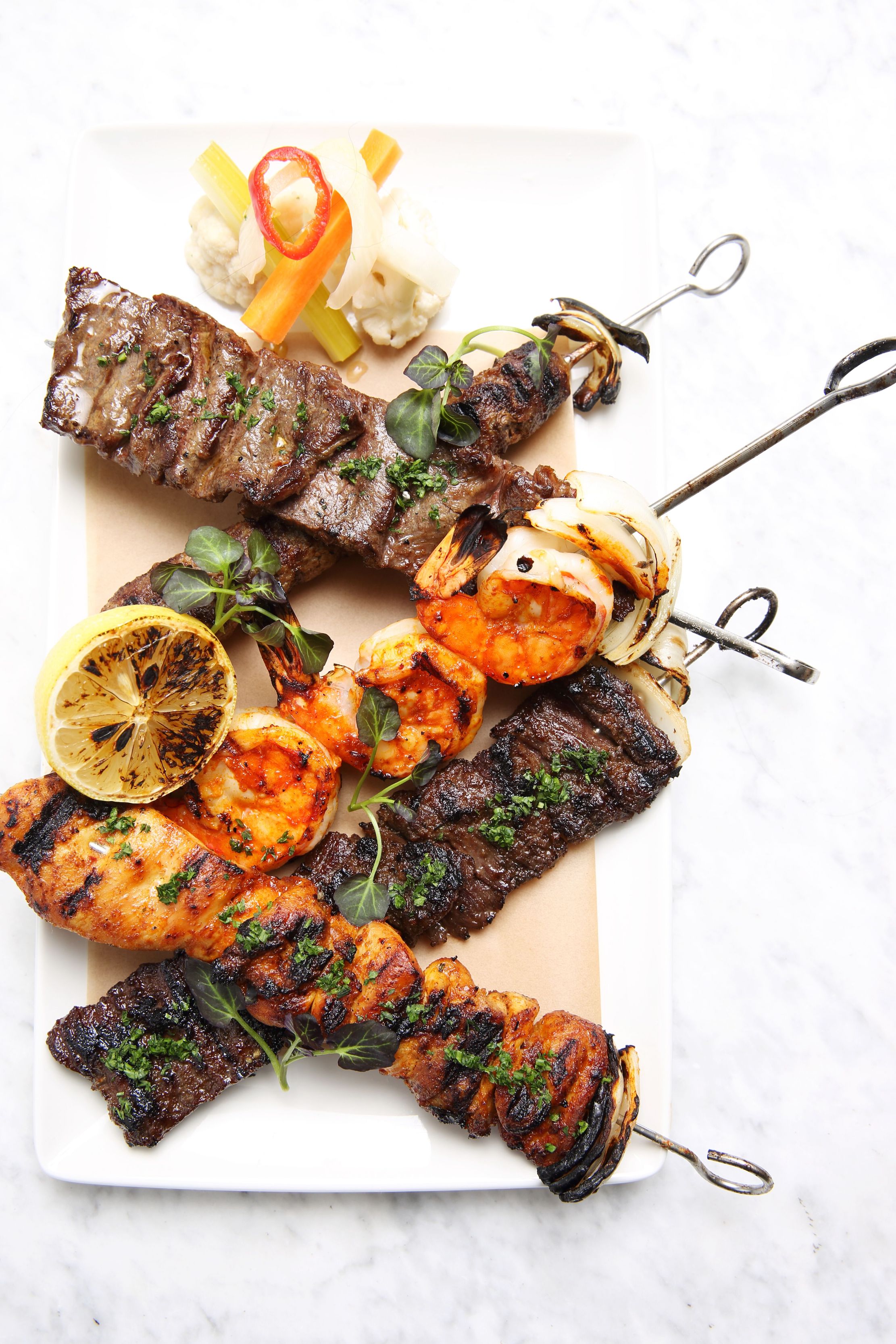 We shared small plates
of tender shrimp and lamb kabobs ($14) and an
order of crisp octopus coated in aromatic,
slightly sweet smoked paprika ($19), as well as a
chopped freekah wheat salad, with the grain tossed
with crisp Persian cucumber, diced tomato and
watermelon radish slices. We also shared larger
plates of pungent saffron-crusted chicken ($28)
and a mix of local seafare and artichoke served in
a heady sauce of tomato, harissa, coriander and
saffron ($42), all cooked and served in decorative
hand-painted ceramic tagines from Morocco.
We shared small plates
of tender shrimp and lamb kabobs ($14) and an
order of crisp octopus coated in aromatic,
slightly sweet smoked paprika ($19), as well as a
chopped freekah wheat salad, with the grain tossed
with crisp Persian cucumber, diced tomato and
watermelon radish slices. We also shared larger
plates of pungent saffron-crusted chicken ($28)
and a mix of local seafare and artichoke served in
a heady sauce of tomato, harissa, coriander and
saffron ($42), all cooked and served in decorative
hand-painted ceramic tagines from Morocco.
We accompanied the fare with a
plummy, easy drinking 2014 Poggio Graffetta Syrah
from Sicily and concluded with an order of classic
flourless chocolate cake accompanied by excellent
ice cream.
Open nightly for dinner. Expect dinner for two to cost $120-$130, not including wine, tax or tip.
A Bit of Golf
Built
on the site of the defunct Cable Beach Course,
this magnificent, two-year-old Jack
Nicholas-designed Royal Blue Golf Course, less
than a five-minute shuttle ride from the hotels,
meanders alongside the ocean and through lush
landscape featuring ancient limestone walls, with
over 70 species of birds and beautiful indigenous
plants like sisal and red and black mangroves.
At par 72 and over 7,000 yards
long from the “tips,” it’s a challenge for
seasoned golfers, with its hills, strategically
placed fairway bunkers and a 165-yard 16th hole
with a peninsular green. But for the average
golfer it offers wide fairways and generally flat
pristinely-kept greens. And while it has the
typical Nicholas feature of elevated greens
surrounded by sand traps, the greens are not as
elevated as at many other Nicholas-designed
courses. Also, while the course features only
three sets of tees, they are not set in typical
“boxes,” allowing for wide changes in distance
from day-to-day, making multiple plays on the
course very different experiences.
In addition, “no clubs – no
problem,” as the course offers an excellent
“Better than your own” rental program, with
top-end clubs from multiple manufacturers and, if
desired, there are friendly, knowledgeable,
non-pejorative caddies available and guidance from
an excellent clubhouse staff. In addition, the
Royal Blue Tavern offers an all-day menu of
top-notch typical pub fare like wings, crispy
calamari, burgers and a variety of salads and
sandwiches.
Greens fees are $275 for Baha Mar guests, with
advance reservations readily available. (242)
788-8000
❖❖❖
By John Mariani
209 Pinehurst Avenue (at West 187th Street)
212-781-3124
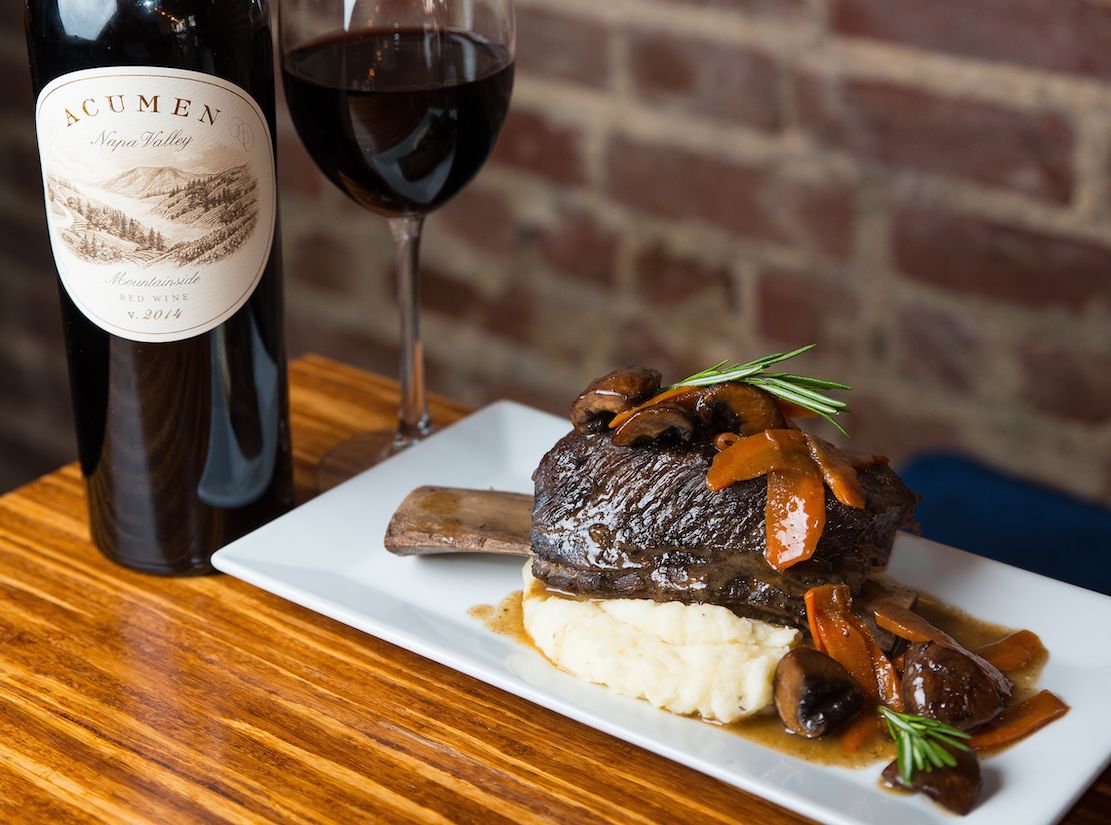
Even
though I’ve lived in or around New York my
entire life, I had never heard of Hudson
Heights, a neighborhood located at the
northern edge of Manhattan, high above the
Hudson, where many of the pre-war Art Deco
and Tudor apartments have a spectacular view
of the river.
Both Fort Tryon Park and the stunning
Cloisters are just north of it.
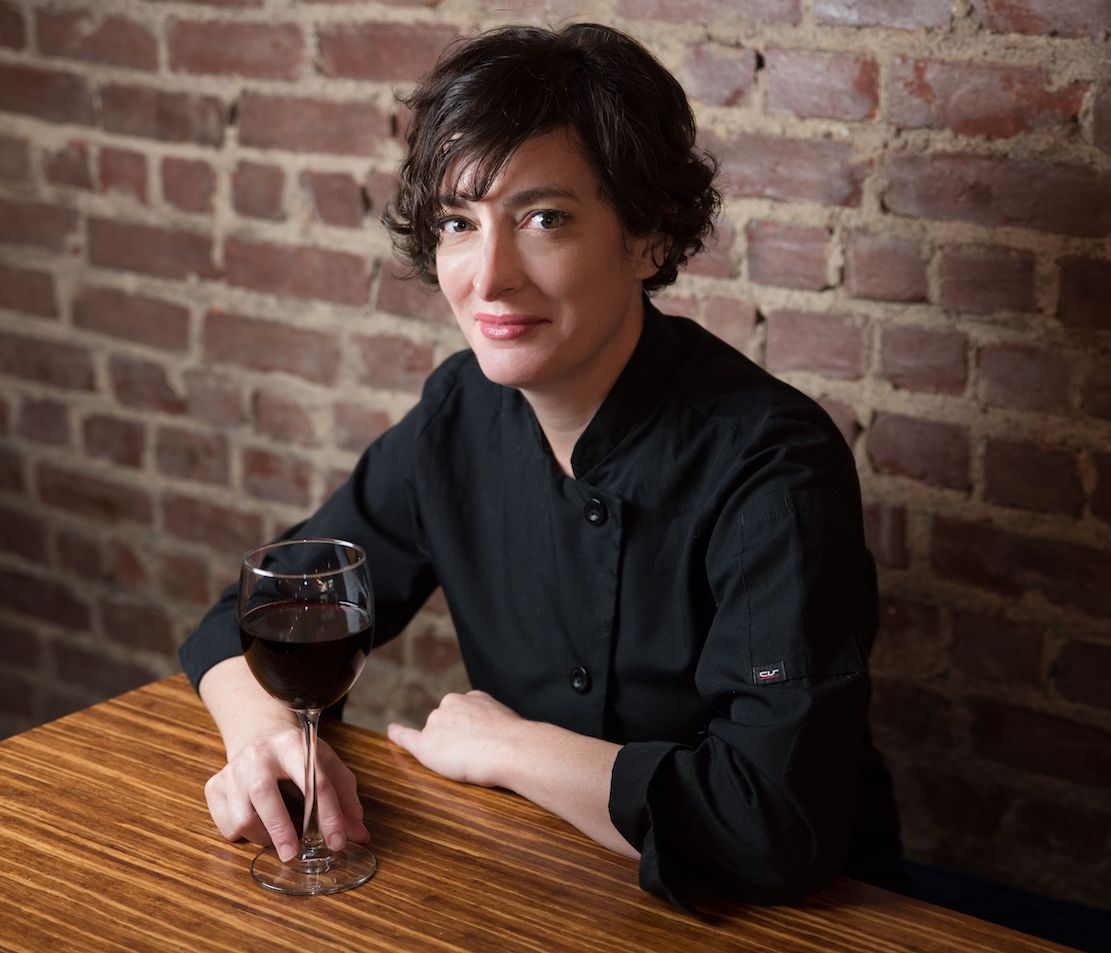 Tucked away in this hidden-away
pocket of New York is The Pandering Pig, a
slip of a room seating 28 guests, with a
kitchen even smaller than New York’s
notoriously small apartment kitchens.
Tucked away in this hidden-away
pocket of New York is The Pandering Pig, a
slip of a room seating 28 guests, with a
kitchen even smaller than New York’s
notoriously small apartment kitchens.
The phrase “labor of love”
does not really hint at the enormous
intensity, focus and sheer hours that it takes
to turn something one loves into a viable
business, and chef/owner Nicole O’Brien
(left)
and her husband, Wine Director Senator
O’Brien, are doing so with what they call
“FreNoCal,” an awkward mouthful that actually
means French-Northern California cuisine.
There may not be any rubrics as to what that
term actually means, but, upon tasting
Nicole’s cooking, I got the true sense of it:
hearty farm-and-wine country Provençal
family-style cooking with an emphasis on
long-simmered dishes with a good dose of fresh
herbs.
Nicole was born and raised
in Marin County, cooking alongside her mother,
who used largely local provender. She pursued
a successful career in the arts and film, then
became a private chef for demanding celebrity
clientele with eccentric tastes. 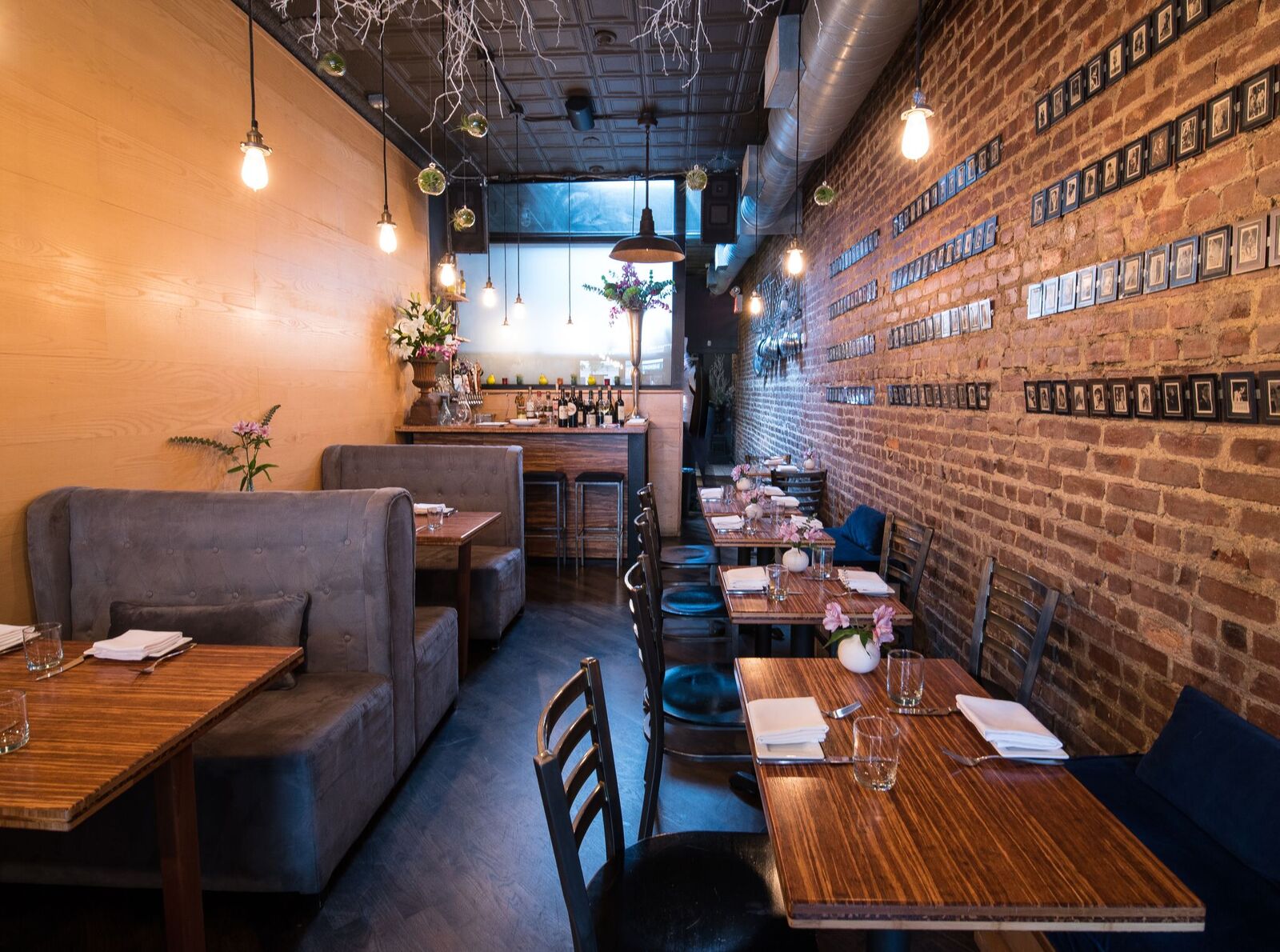 It was just four
years ago that she realized her personal dream
within her own Hudson Heights neighborhood,
and the couple took the leap, opening The
Pandering Pig, a caricature of which hangs
below the blue awning at the door.
It was just four
years ago that she realized her personal dream
within her own Hudson Heights neighborhood,
and the couple took the leap, opening The
Pandering Pig, a caricature of which hangs
below the blue awning at the door.
The
décor is as homey as everything else, with
plush royal blue cushions made by Nicole’s
mother, a brick wall hung with small, black
and white cards of silent-movie actors, wooden
tables and booths set with a single red rose,
a tiny bar and a tinier kitchen. There’s
canned music, but it’s played softly in the
background.
Keeping the menu short is
requisite, and choosing dishes that are
braised or stewed makes the most of the
kitchen’s shortcomings. So, too, appetizers
like 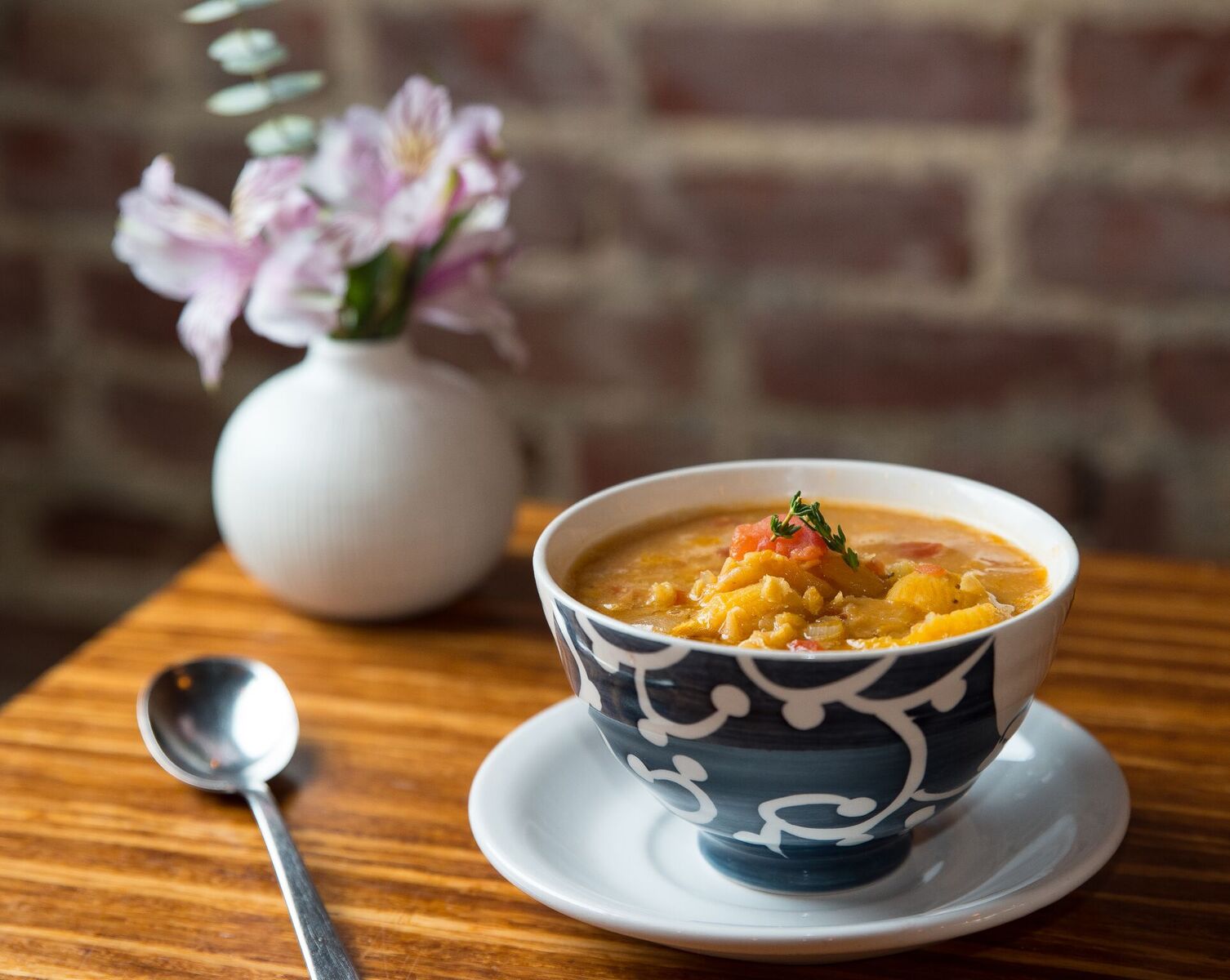 a
generous cheese board for two ($18) that comes
with dried fruit, seasoned pecans, olives and
good bread; a pate board ($24) with foie gras
rillettes and brandied cherries (which they’d
run out of by 7:30 p.m. the night I visited);
and a fig-and-olive tapenade with goat’s
cheese and garlic toasts ($12) show that
plating, rather than cooking, is a wise
option. For a winter’s evening a red lentil
and apricot soup (at a very modest $8) made
perfect sense (left), as did roasted
Brussels sprouts with melted bleu cheese
($12).
a
generous cheese board for two ($18) that comes
with dried fruit, seasoned pecans, olives and
good bread; a pate board ($24) with foie gras
rillettes and brandied cherries (which they’d
run out of by 7:30 p.m. the night I visited);
and a fig-and-olive tapenade with goat’s
cheese and garlic toasts ($12) show that
plating, rather than cooking, is a wise
option. For a winter’s evening a red lentil
and apricot soup (at a very modest $8) made
perfect sense (left), as did roasted
Brussels sprouts with melted bleu cheese
($12).
The main courses manifest that
Franco-California style admirably, starting
with a robust short rib boeuf bourguignon rich
in aromatics and herbs ($28). This came with
parmesan-and-garlic laced mashed potatoes. The
meat from a hefty lamb shank braised in white
wine ($28) peeled from the bone, soaking up
the scent of rosemary atop creamy polenta and
seasonal vegetables.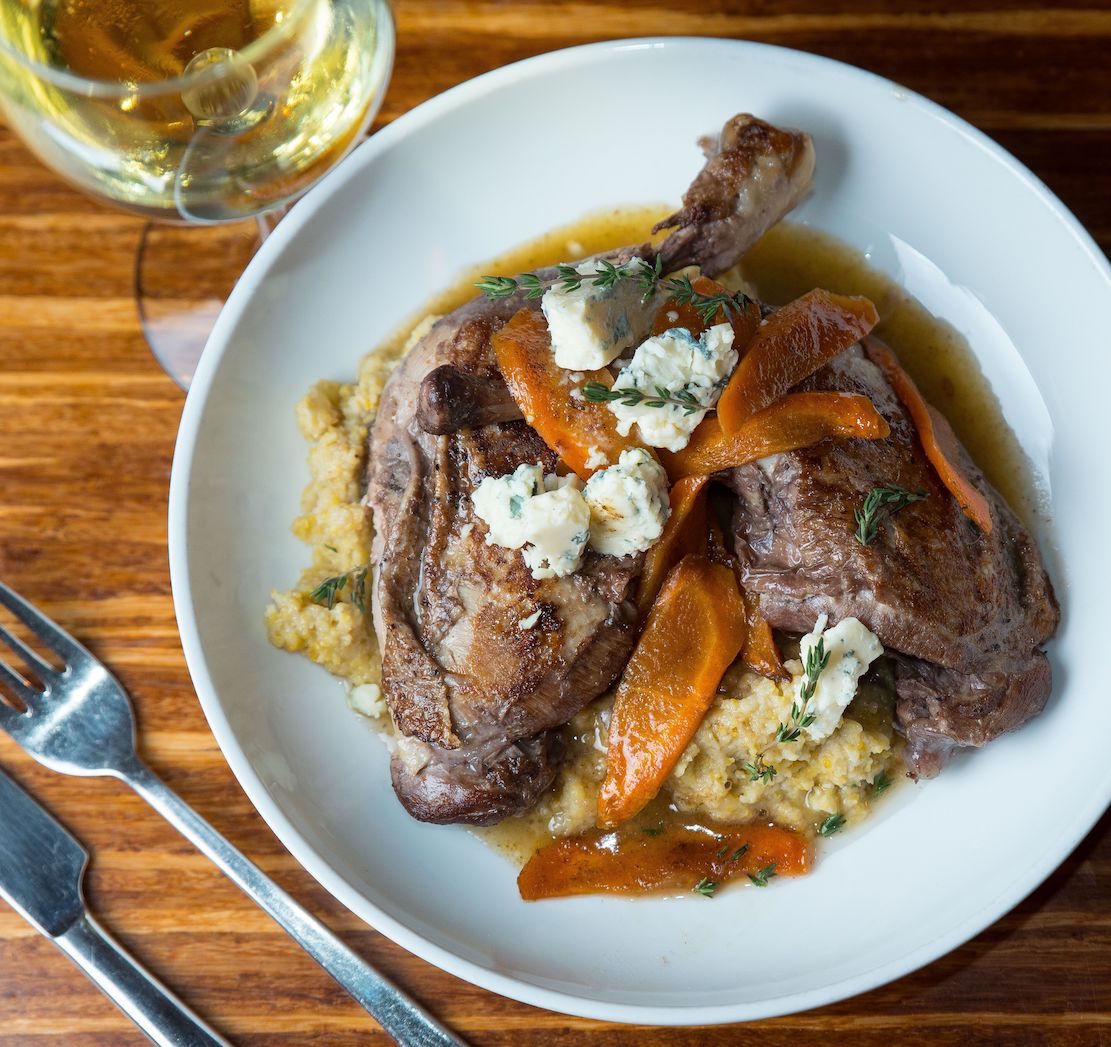
Nicole
is rightly proud of her classic coq au vin (a
steal at $19). Succulent and tender, suffused
with reduced red wine and the caramelized
flavor of onions, tomato and carrots, it was a
splendid rendition. That night there was a
seasonal fish, a special of roasted black sea
bass ($27). Specials are, of course, tied to
the seasons and allow Nicole to stretch a bit
back in that kitchen.
The desserts are as homey
as any you’d find on a Shaker table, like the
almond tart with sliced pears and
blackberries, or a good French farmhouse
table, like the Nuage au Chocolat (chocolate
cloud), served with vanilla ice cream and
touched by a mint leaf.
There is even a menu for
Les Enfants—penne with marinara and chicken
apple sausage.
Senator
takes care of the cocktails and wine service,
which can take a while because he’s also
catering to all the tables, delivering food
and taking orders. He carefully chooses
bottlings from dependable estates, about ten
each of red and white, and mark-ups are quite
reasonable.
Open Wed.-Sun. for dinner only.
 WINES
I’M DRINKING NOW
WINES
I’M DRINKING NOW
By
John Mariani
The variety of wines in the market increases measurably each season so that well-established favorites like Cabernet Sauvignon, Pinot Noir and Chardonnay get well-deserved competition from lesser known varietals. All of them make wine drinking in 2019 more engaging than ever.
Masseria Le Veli Passamante
Salice
Salentino 2016 ($14)— Believe if you wish the
story
that the vineyards of Le Veli are next to a
forest named Passamante, which very roughly
translates to “pass [the]
lover” and refers to romantic trysts among the
pines. In any case this
Negroamaro-based wine from Puglia spends six
months in barrel, so it’s meant to
be drunk young, and its cherry fruit notes
make it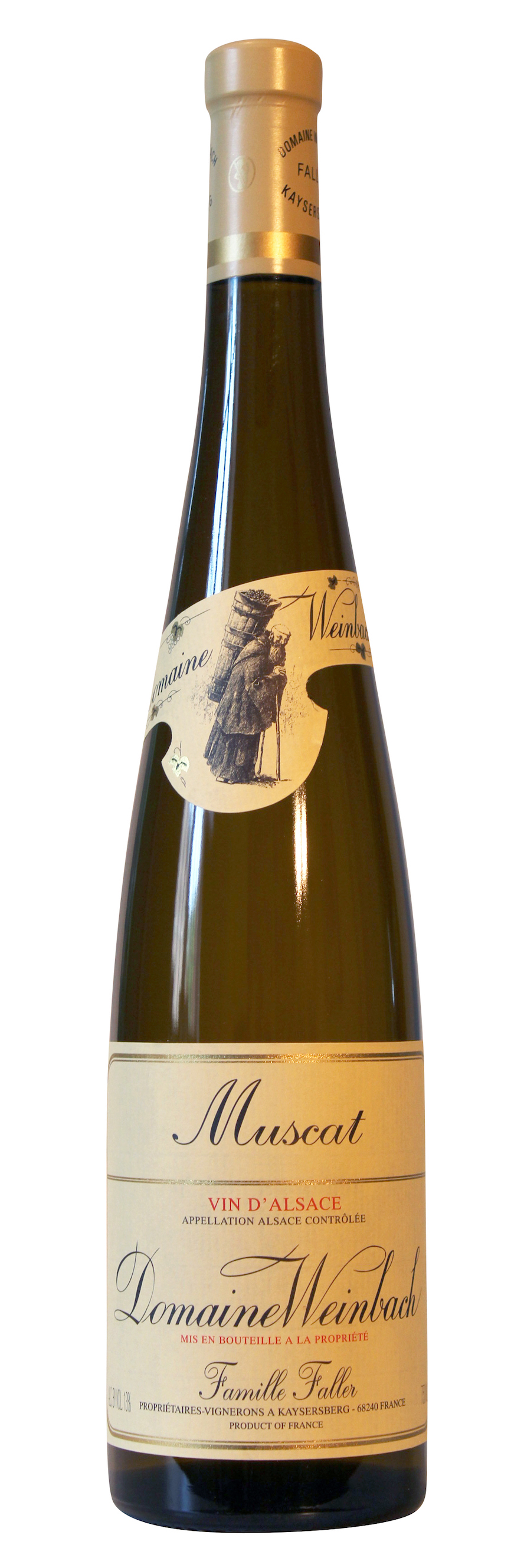 very
versatile for a range
of foods, including cheeses. It’s quite robust
for only 13.5% alcohol.
very
versatile for a range
of foods, including cheeses. It’s quite robust
for only 13.5% alcohol.
Domaine Weinbach Famille Faller
Muscat
2017 ($35)— The misapprehension that
Muscat
wines are too flowery, even unctuous, and
sweet is belied by this superb
example from one of Alsace’s finest producers.
Not that much Muscat is grown in
the region, and it is vinified drier than
others, making it a delightful
aperitif. The label says it goes with
asparagus, so if you must drink wine with
that troublesome vegetable, this might be your
best option. The blend is of two
Muscat grapes and results in 13% alcohol.
En Mémoire du Malbec 2016
($17)—This fancifully named Bordeaux red wine
by Château de Lagarde in
Entre-deux-Mers is certified organic (and
vegan), which is of small note, but
it is worth saying that 30% of the wine spends
time in oak, and the rest only
in stainless steel. Argentina is currently the
leader in Malbec production, but
Bordeaux was its birthplace, and this is a
sturdy, deep purple wine excellent
with baby lamb or pork. At this price you can
hardly go wrong.
 De
Ladoucette Pouilly-Fumé 2017
($45)—Few Pouilly-Fumé producers can get this
kind of money for their
bottlings, but for a very long time de
Ladoucette has been the pinnacle of
excellence in the Loire region. It
always has a roundness and softness backed by
lovely aromatics that distinguish
it from lesser examples. At 12.5% alcohol it
is easy to drink throughout a meal
of seafood straight into cheese.
De
Ladoucette Pouilly-Fumé 2017
($45)—Few Pouilly-Fumé producers can get this
kind of money for their
bottlings, but for a very long time de
Ladoucette has been the pinnacle of
excellence in the Loire region. It
always has a roundness and softness backed by
lovely aromatics that distinguish
it from lesser examples. At 12.5% alcohol it
is easy to drink throughout a meal
of seafood straight into cheese.
Rodney Strong Knights Valley
Cabernet
Sauvignon 2015 ($35)—Rodney Strong has long
been my
go-to label when I want high quality and
absolute consistency in a range of
varietals. For 55 years it has set standards
not often met by pricier
competitors in the Sonoma Valley. Within that
appellation, Knights Valley is
the farthest east from the Pacific Ocean,
making it the warmest in the region,
with a lot of volcanic soil. This
gives
it body and heart, at 14.5% alcohol, making it
ideal for red meats of all
kinds.
Don Melchor Puente Alto
Vineyards
Cabernet Sauvignon 2015 ($105)—Like Rodney Strong,
Melchor,
located in the Maipo Valley of Chile, is a
leader in its own country. Under the
broad Concha y Toro umbrella, Don Melchor is
one of the most expensive wines in
South America but has earned a large following
who love its complexity and its
likability at an early age. Don Melchor
planted his vineyards with French
vinifera as early as 1833, so they’ve had
plenty of time to find the best
terroir, the best clones and the best ways to
handle this rich, always enticing
Cab.
❖❖❖
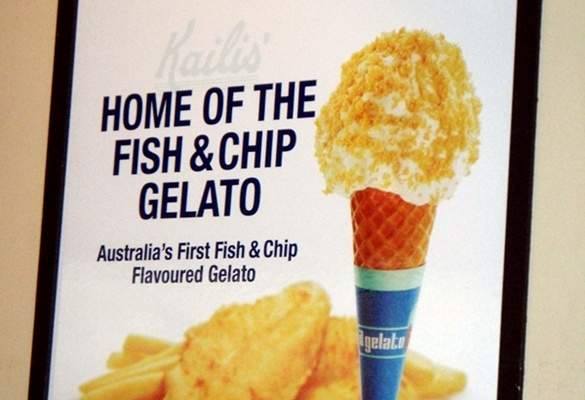
DEPT. OF BAD TASTE, No. 5,669
Australian eatery Kaili's is now serving a fish and chip gelato.

"There's
always a moment when it hits me. It's usually a single
bite and, boom, I fall in love with a restaurant. This
time it was a forkful of homemade dan dan
noodles."--Andrew Knowlton, "America's Best New
Restaurant," Bon
Appetit.
❖❖❖
Wine
Column Sponsored by Banfi Vintners
SANGIOVESE
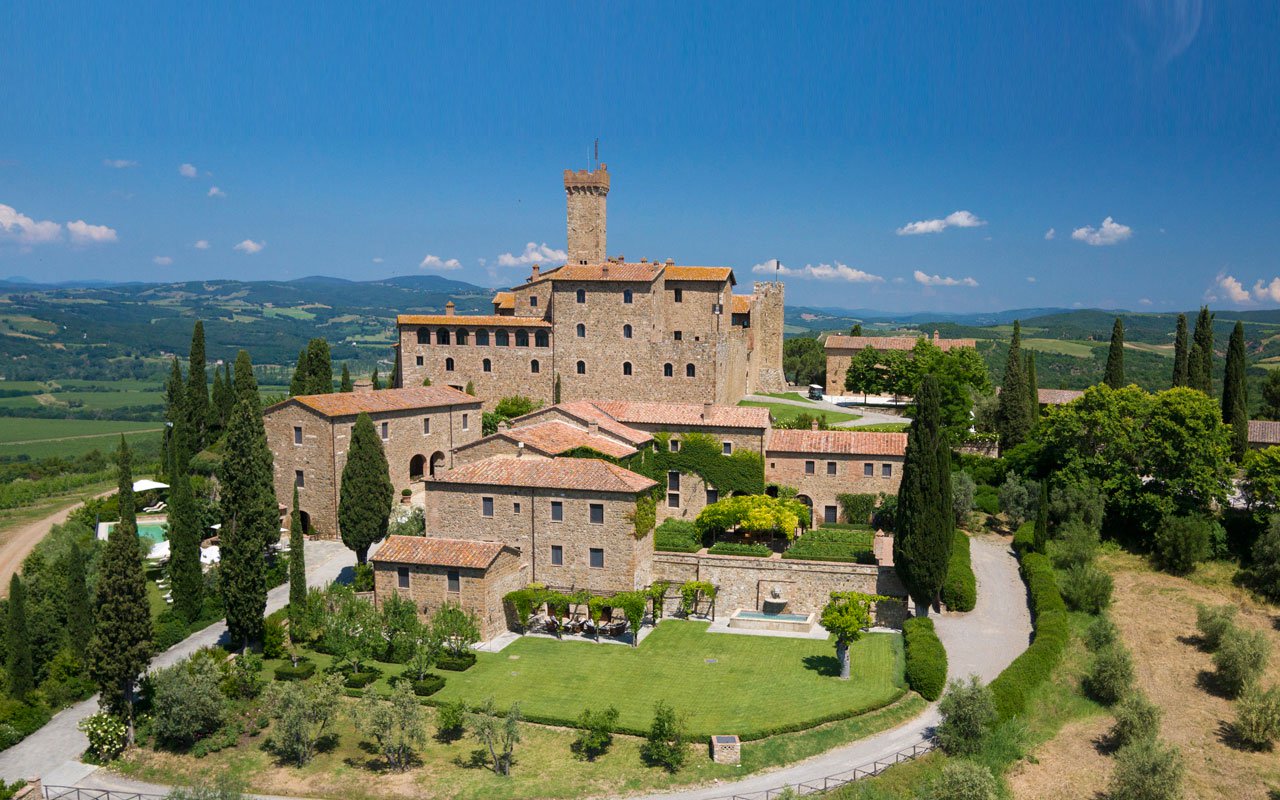 Wine is a joy year-round but
in cooler weather one
grape varietal has really taken center stage in
my daily activities – that most Italian of
grapes, Sangiovese, and its ultimate expression
– Brunello di Montalcino.
Wine is a joy year-round but
in cooler weather one
grape varietal has really taken center stage in
my daily activities – that most Italian of
grapes, Sangiovese, and its ultimate expression
– Brunello di Montalcino.
From mid-September through mid-October,
the Sangiovese grown for our various styles of red
wines are be harvested, culminating with the top
selection for Brunello di Montalcino.
Second, cooler weather here means
it is time to start enjoying more red wines and
especially Sangiovese based wines. That
includes Banfi’s cru of Brunello, Poggio alle Mura,
literally the cream of the crop of our Sangiovese
vineyards. Alongside our Poggio alle Mura Brunello di
Montalcino, this year we introduced two more wines
from the cru Poggio alle Mura – a Rosso di Montalcino
and a Riserva of Brunello. Rosso is sort of like the
younger brother of Brunello, also made from 100%
Sangiovese grapes but usually a selection from younger
vines and the wine is aged only two years compared to
the four required for Brunello. The
Riserva, on the other hand, is an even more selective
harvest of Sangiovese, and ages for an additional year
before release.
What is so special about this cru
Poggio alle Mura?
Well, it is the result our over 30 years of
ongoing research at my family’s vineyard estate,
Castello Banfi.
When we first began planting our vines there in
the late 1970s studies from the University of Bordeaux
indicated which strains of many varietals we should
plant, based on the soil type and microclimate of each
vineyard. But
when it came to the region’s native Sangiovese, there
was only local lore, no scientific research. So we took
it upon ourselves to figure out this vine, and set off
on three decades of incredibly detailed research.
We started
with 600 apparent variations on Sangiovese, because it
is so susceptible to variations in weather and soil,
and narrowed that down to 160 truly genetically
different clones.
We planted a vineyard with two rows of each
type, made wine from each of them, and charted the
differences – remember, you only get one chance a year
to make wine, so this took time.
It took about ten years to get some
concrete results, though we continue to experiment
today and always will – you never stop learning in
science and nature!
Once we determined which were the best,
complementary clones that could be planted together to
make the best Brunello, we chose to plant them in what
we determined to be the optimal vineyard sites. Coincidentally,
the best soils and climate conditions are in the
slopes surrounding the medieval fortress today known
as Castello Banfi, known since Etruscan times as
Poggio alle Mura – the walled hilltop. Hence the
name of our most special “cru” of Brunello,
representing a synthesis between tradition and
innovation.
Though the focus of this study was
our Brunello, all of our Sangiovese-based wines,
including the super Tuscans SummuS, Cum Laude, and
Centine, benefitted from this work. And that’s
the third reason for celebrating Sangiovese this
month, for the range of wonderful reds that usher us
into autumn! One
wine in particular was inspired by our research – the
BelnerO, a Sangiovese dominant blend with what I like
to call a kiss of Cabernet and a whisper of Merlot. We grow the
grapes a little differently for BelnerO than for
Brunello, make the wine with less oak aging and
released it earlier from the winery, providing a
counterpoint to Brunello and a lovely terroir-driven
wine in its own right.
If you
know Italians, you know that by nature we are
multi-faceted, varying in mood, and always passionate. As a
nation, we span from the hot sunny beaches of Sicily
near the African coast to the rugged mountains and
Alpine ski slopes of Trentino-Alto Adige in the north. Sangiovese
is grown in almost all of Italy’s regions and reflects
the unique nature of each; it is most famous
(rightfully so) in Tuscany, yet even there it reflects
the nuances of each hilltop, valley and subzone. It has
something a little different to say in Brunello than
Chianti, Morellino than Vino Nobile di Montepulciano,
Rosso di Montalcino than Super Tuscan blends.
Here is a smattering of
Sangiovese-based wines that you may wish to get to
know better, reflecting a spectrum that appeals to
every occasion, every taste, and every budget. We can
assure you that the conversation will never become
boring. 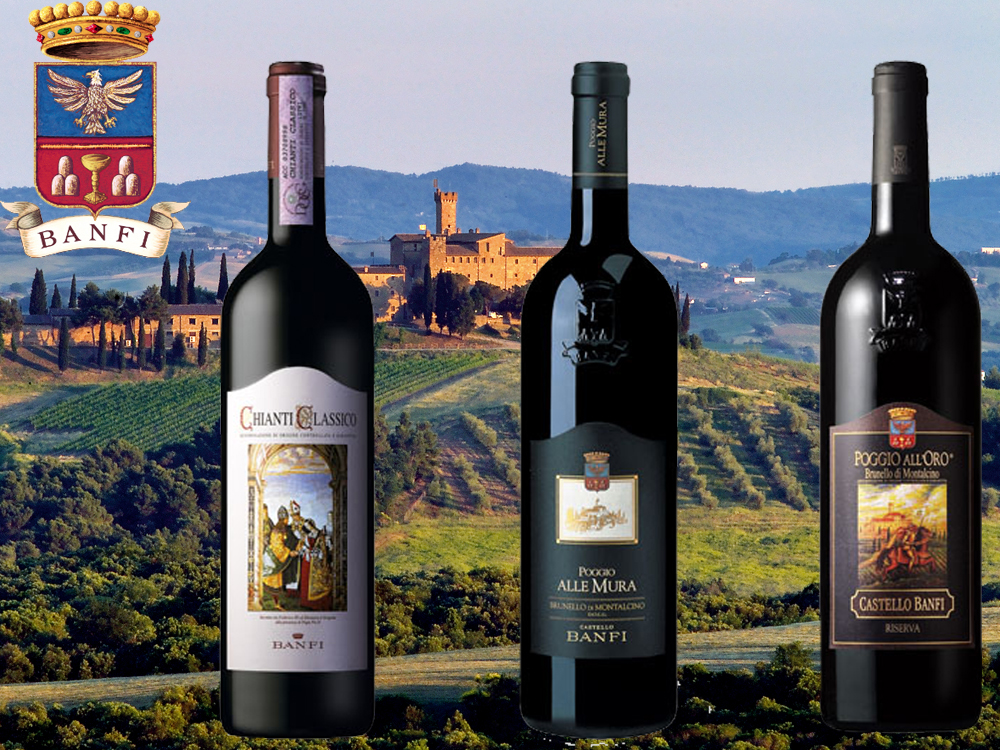
Recommendations for Celebrating
Sangiovese
BelnerO Proprietor’s Reserve Sangiovese
– A refined
cuvée of noble red grapes perfected by our pioneering
clonal research. This dark beauty, BelnerO, is
produced at our innovative winery, chosen 11
consecutive years as Italy’s Premier Vineyard Estate.
Fermented in our patented temperature controlled
French oak and aged approximately 2 additional years.
Unfiltered, and Nitrogen bottled to minimize sulfites.
Castello Banfi Brunello di Montalcino –
Rich, round, velvety and intensely
aromatic, with flavor hints of licorice, cherry, and
spices. Brunello di Montalcino possesses an intense
ruby-red color, and a depth, complexity and opulence
that is softened by an elegant, lingering aftertaste.
Unfiltered after 1998 vintage.
Castello Banfi Rosso di Montalcino – Brunello's "younger brother," produced
from select Sangiovese grapes and aged in barrique for
10 to 12 months. Deep ruby-red, elegant, vibrant,
well-balanced and stylish with a dry velvety
finish.
Poggio all’Oro Brunello di Montalcino
Riserva – A single vineyard selection of our most
historically outstanding Sangiovese, aged five years
before release, the additional year more than that
required of Brunello including 6 months in barrel and
6 months more in bottle to grant its “Riserva”
designation. Incredible
elegance and harmony. Intense with lots of fruit and
subtle wood influence. Round, complete, well balanced
with hints of chocolate and berries. Unfiltered after
1998.
Poggio alle Mura – The first tangible result of years of
intensive clonal research on Montalcino’s native
Sangiovese grape.
Estate bottled from the splendidly sun drenched
vineyards surrounding the medieval Castello from which
it takes its name.
The Brunello
di Montalcino is seductive, silky and smoky. Deep ruby
in color with an expressive bouquet of violets, fruits
and berries as well as cigar box, cedar and exotic
spices. The Rosso
di Montalcino is also intense ruby red. The bouquet
is fresh and fruity with typical varietal notes of
cherry and blackberry, enriched by more complex hints
of licorice, tobacco and hazelnut. It is full
bodied, yet with a soft structure, and a surprisingly
long finish. The Poggio alle Mura Brunello di Montalcino
Riserva is deep ruby red with garnet
reflections and a rich, ample bouquet that hints of
prune jam, coffee, cacao and a light balsamic note. It is full
and powerful, with ripe and gentle tannins that make
it velvety and harmonious; this wine is supported by a
pleasing minerality that to me speaks soundly of that
special hillside in southern Montalcino.
SummuS – A wine of towering elegance, SummuS is an
extraordinary blend of Sangiovese which contributes
body; Cabernet Sauvignon for fruit and structure; and
Syrah for elegance, character and a fruity bouquet. An elegant,
complex and harmonious red wine.
Cum Laude – A complex and elegant red which graduated
“With Honors,” characterized by aromas of juicy
berries and fresh spices.
Centine – A Cuvee that is more than half
Sangiovese, the balanced consisting of equal parts of
Cabernet Sauvignon and Merlot. Vinified in
a firm, round style that easily accompanies a wide
range of dishes, this is a smooth and fragrantly
satisfying wine with international character, and a
perennial favorite at my own dinner table.
Banfi Chianti Superiore – The “Superiore” designation signifies
stricter government regulations regarding production
and aging requirements, as compared to regular
Chianti. An
intense ruby red wine with fruit forward aromas and
floral notes. This
is a round wine with well-balanced acidity and fruit.
Banfi Chianti Classico – An enduring classic: alluring
bouquet of black fruit and violets; rich flavors of
cherry and leather; supple tannins and good acidity
for dining.
Banfi Chianti Classico Riserva – Produced from select grapes grown in the
"Classico" region of Chianti, this dry, fruity and
well-balanced red has a full bouquet reminiscent of
violets.
Fonte alla Selva Chianti Classico – This is our newest entry into the Chianti
arena, coming from a 99 acre estate in Castellina, the
heart of the Chianti Classico region. The wine is
a captivating mauve red that smells of cherry, plum
and blackberry with hints of spice. It is
round, full and balanced with very good
acidity.
Col di Sasso – Sangiovese and Cabernet Sauvignon. Luscious,
complex and soft with persistent notes of fruit and
great Italian style structure.
Any of John Mariani's books below may be ordered from amazon.com.
 The Hound in Heaven
(21st Century Lion Books) is a novella, and
for anyone who loves dogs, Christmas, romance,
inspiration, even the supernatural, I hope you'll find
this to be a treasured favorite. The story
concerns how, after a New England teacher, his wife and
their two daughters adopt a stray puppy found in their
barn in northern Maine, their lives seem full of promise.
But when tragedy strikes, their wonderful dog Lazarus and
the spirit of Christmas are the only things that may bring
his master back from the edge of despair.
The Hound in Heaven
(21st Century Lion Books) is a novella, and
for anyone who loves dogs, Christmas, romance,
inspiration, even the supernatural, I hope you'll find
this to be a treasured favorite. The story
concerns how, after a New England teacher, his wife and
their two daughters adopt a stray puppy found in their
barn in northern Maine, their lives seem full of promise.
But when tragedy strikes, their wonderful dog Lazarus and
the spirit of Christmas are the only things that may bring
his master back from the edge of despair. WATCH THE VIDEO!
“What a huge surprise turn this story took! I was completely stunned! I truly enjoyed this book and its message.” – Actress Ali MacGraw
“He had me at Page One. The amount of heart, human insight, soul searching, and deft literary strength that John Mariani pours into this airtight novella is vertigo-inducing. Perhaps ‘wow’ would be the best comment.” – James Dalessandro, author of Bohemian Heart and 1906.
“John Mariani’s Hound in Heaven starts with a well-painted portrayal of an American family, along with the requisite dog. A surprise event flips the action of the novel and captures us for a voyage leading to a hopeful and heart-warming message. A page turning, one sitting read, it’s the perfect antidote for the winter and promotion of holiday celebration.” – Ann Pearlman, author of The Christmas Cookie Club and A Gift for my Sister.
“John Mariani’s concise, achingly beautiful novella pulls a literary rabbit out of a hat – a mash-up of the cosmic and the intimate, the tragic and the heart-warming – a Christmas tale for all ages, and all faiths. Read it to your children, read it to yourself… but read it. Early and often. Highly recommended.” – Jay Bonansinga, New York Times bestselling author of Pinkerton’s War, The Sinking of The Eastland, and The Walking Dead: The Road To Woodbury.
“Amazing things happen when you open your heart to an animal. The Hound in Heaven delivers a powerful story of healing that is forged in the spiritual relationship between a man and his best friend. The book brings a message of hope that can enrich our images of family, love, and loss.” – Dr. Barbara Royal, author of The Royal Treatment.
 |
The Encyclopedia of American Food and Drink by John F. Mariani (Bloomsbury USA, $35) Modesty forbids me to praise my own new book, but let me proudly say that it is an extensive revision of the 4th edition that appeared more than a decade ago, before locavores, molecular cuisine, modernist cuisine, the Food Network and so much more, now included. Word origins have been completely updated, as have per capita consumption and production stats. Most important, for the first time since publication in the 1980s, the book includes more than 100 biographies of Americans who have changed the way we cook, eat and drink -- from Fannie Farmer and Julia Child to Robert Mondavi and Thomas Keller. "This book is amazing! It has entries for everything from `abalone' to `zwieback,' plus more than 500 recipes for classic American dishes and drinks."--Devra First, The Boston Globe. "Much needed in any kitchen library."--Bon Appetit. |
"Eating Italian will never be the same after reading John Mariani's entertaining and savory gastronomical history of the cuisine of Italy and how it won over appetites worldwide. . . . This book is such a tasteful narrative that it will literally make you hungry for Italian food and arouse your appetite for gastronomical history."--Don Oldenburg, USA Today. "Italian
restaurants--some good, some glitzy--far
outnumber their French rivals. Many of
these establishments are zestfully described
in How Italian Food Conquered the World, an
entertaining and fact-filled chronicle by
food-and-wine correspondent John F.
Mariani."--Aram Bakshian Jr., Wall Street
Journal.
"Equal parts
history, sociology, gastronomy, and just
plain fun, How Italian Food Conquered the
World tells the captivating and delicious
story of the (let's face it) everybody's
favorite cuisine with clarity, verve and
more than one surprise."--Colman Andrews,
editorial director of The Daily
Meal.com. "A fantastic and fascinating
read, covering everything from the influence
of Venice's spice trade to the impact of
Italian immigrants in America and the
evolution of alta cucina. This book will
serve as a terrific resource to anyone
interested in the real story of Italian
food."--Mary Ann Esposito, host of PBS-TV's
Ciao
Italia. "John Mariani has written the
definitive history of how Italians won their
way into our hearts, minds, and
stomachs. It's a story of pleasure over
pomp and taste over technique."--Danny Meyer,
owner of NYC restaurants Union Square
Cafe, The Modern, and Maialino.
|
 |
 |
 |
 |
 |
 |
 |
 |
 Everett Potter's Travel Report:
Everett Potter's Travel Report: 
 Eating Las Vegas
JOHN CURTAS has been covering the Las Vegas
food and restaurant scene since 1995. He is
the co-author of EATING LAS VEGAS – The 50
Essential Restaurants (as well as
the author of the Eating Las Vegas web site: www.eatinglasvegas.
He can also be seen every Friday morning as
the “resident foodie” for Wake Up With the
Wagners on KSNV TV (NBC) Channel 3 in
Las Vegas.
Eating Las Vegas
JOHN CURTAS has been covering the Las Vegas
food and restaurant scene since 1995. He is
the co-author of EATING LAS VEGAS – The 50
Essential Restaurants (as well as
the author of the Eating Las Vegas web site: www.eatinglasvegas.
He can also be seen every Friday morning as
the “resident foodie” for Wake Up With the
Wagners on KSNV TV (NBC) Channel 3 in
Las Vegas.
MARIANI'S VIRTUAL GOURMET
NEWSLETTER is published weekly. Publisher: John Mariani. Editor: Walter Bagley. Contributing Writers: Christopher Mariani,
Robert Mariani, Misha Mariani, John A. Curtas, Gerry Dawes, Geoff Kalish,
and Brian Freedman. Contributing
Photographer: Galina Dargery. Technical
Advisor: Gerry
McLoughlin.
If you wish to subscribe to this
newsletter, please click here: http://www.johnmariani.com/subscribe/index.html
© copyright John Mariani 2019

